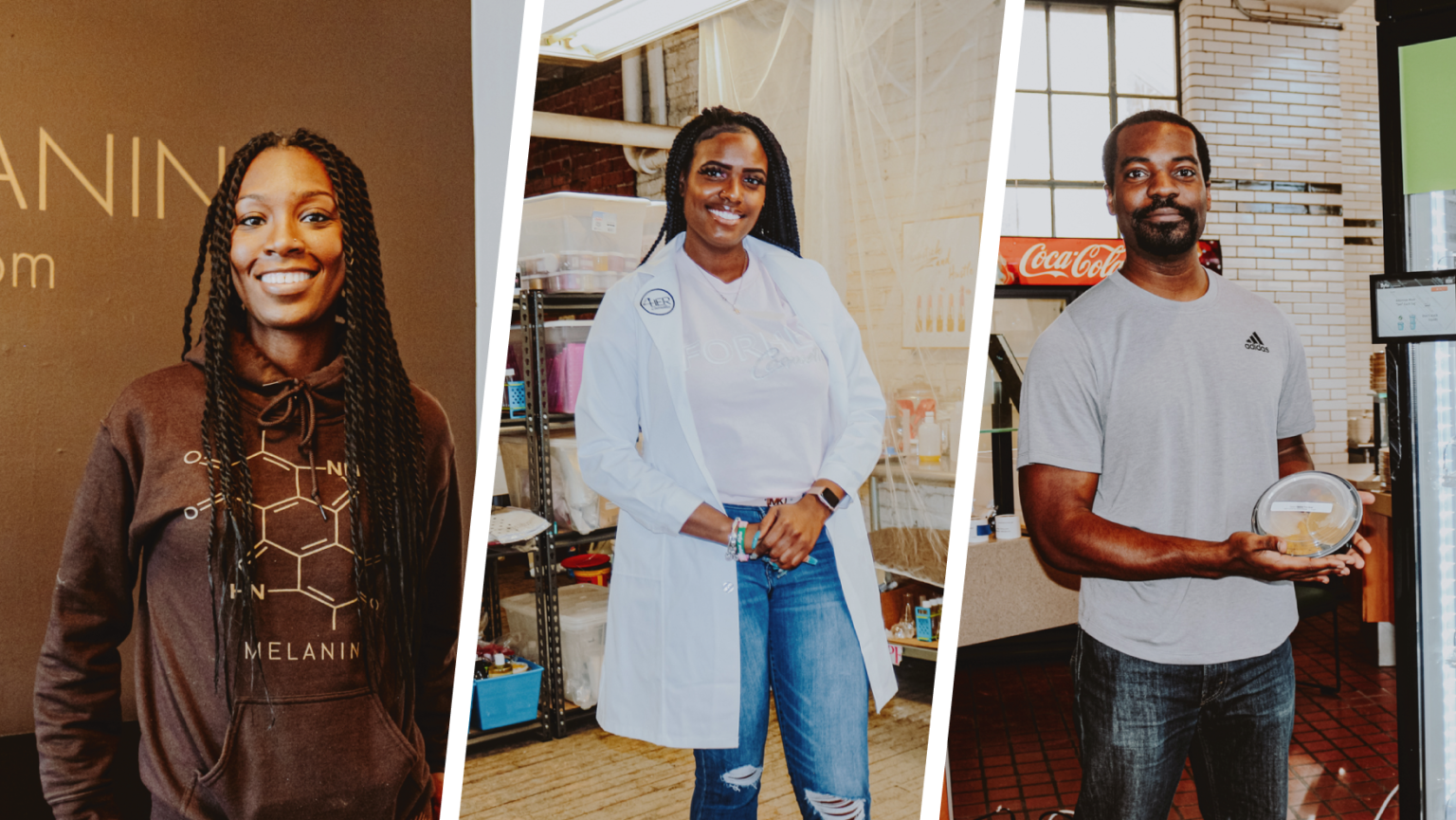
This article was written by Michael Willard, BBA Ross School of Business/BA LSA ’23
This summer, I am one of 31 interns working in the University of Michigan Detroit Neighborhood Entrepreneurs Project +Impact Studio for Local Business.
The interns come from the Ross School of Business, Ford School of Public Policy, Stamps School of Art & Design, and School of Information. The program began last year, with interns focused on creating tools for ecosystem-level problems in Detroit small businesses.
This year, we are working directly with small-business owners to solve the unique issues that affect multiple companies. To maximize our impact, each team is focusing on one specific area of need so we can address that same problem in multiple companies and develop expertise in that area. As a result, we have eight teams: four focusing on marketing problems and four focusing on operations.
My team, Packaging Solutions, is an operations team that focuses on determining the best packaging and pricing for new product lines. We determined these needs by interviewing 21 clients and several others in Detroit’s small-business support network.
The first thing I learned from these small-business interviews and this program was the importance of community involvement in these small businesses. While my business classes have emphasized the importance of social impact for businesses, it never clicked in my head what it would actually look like for small businesses. In our classes, the businesses we typically look at are either big businesses or well-known regional brands that created social impact initiatives and leveraged them into amazing marketing campaigns.
Going into the program, I thought our primary goal for the summer would be to help increase these small businesses’ bottom line. However, from our introductory interviews with business owners about their values, I realized this was only part of each business’ aspirations: Many want to fulfill a community need and build up a neighborhood just as much as they want to earn a profit.
One of the most unique features of this program is the ability to collaborate with students from colleges besides your own and learn their different perspectives. During a warmup activity, we were asked about how we learn best. I said that I learn best by breaking a problem down into manageable parts. However, Casey, a Stamps student, approached the question completely differently, saying that he learns best kinesthetically.
As a Ross student, I have noticed a consistent approach to how we approach a group project: weekly meetings, when2meets, Google calendar invites, and PowerPoint-driven deliverables with occasional reports. These structures work for business classes because business school problems require similar solutions. While parts of this structure create efficiency, it can limit the scope of our impact on these small businesses and limit the practicality of our solutions if we insist on only following this tried-and-true business pattern. Having students from different schools helps facilitate a multi-pronged approach and ensures we do not suffer from groupthink and make ungrounded assumptions.
This story was originally posted on the Michigan Ross Business+Impact blog.